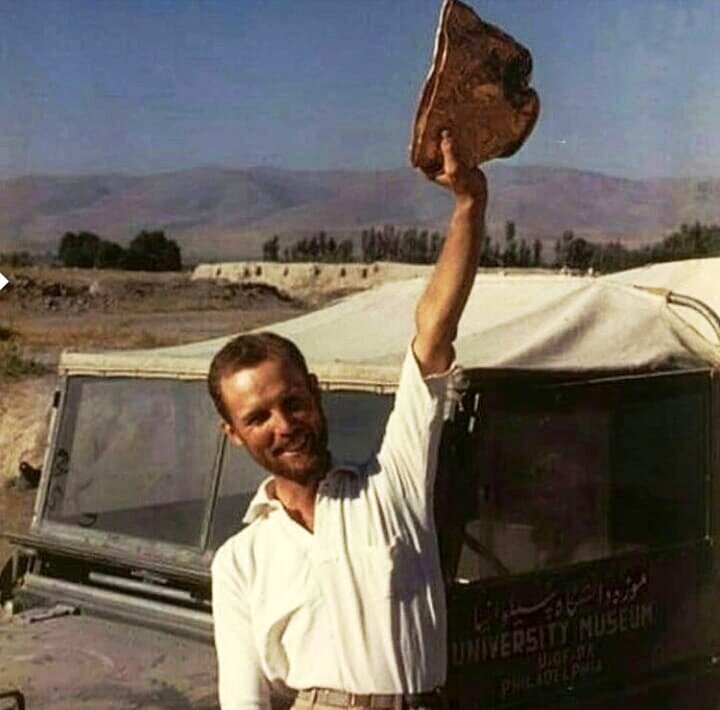Tehran – The annual Hasanru Golden Bowl Festival, held in Nagade, western Azarbaijan, is officially registered on the calendar of national tourism events in the Islamic Republic of Iran.
State Tourism Director Morteza Safari confirmed the registration and noted that the festival is held annually at the historic location in Teppe Hasanru.
He emphasized that the event aims to revive local traditions and raise awareness of the local cultural and historical identities through a variety of cultural, artistic and social programs.
“This year, the Hasanru Golden Bowl Festival will be held from August 11th to 16th at the Hasanru archaeological site in Nagade,” Safari said. “The event celebrates the discovery of Hasanru’s Golden Bowl, one of Iran’s most iconic ancient artifacts.”

The festival coincides with the anniversary of the discovery of the bowl and is held in the village of Hasanru to celebrate the historical significance of the artifacts
The bowl, a skillfully crafted ancient ship, is decorated with a relief, but is estimated by around 800 BC. It was excavated in 1958 during an excavation led by American archaeologist Robert H. Dyson of Teppe Hasanl, near Nagade city in northwestern Iran. Today, the artifacts are housed at the Iranian National Museum in Tehran.
Among the most important objects discovered in Hasanlu were an unusually decorated silver bowl, several iron garments led by the Bronze Lions, a hard gold bowl, a knife handle with a gold corridor, and two hollow bronze horse heads that helped to hold the liquid.

According to the Encyclopedia of Britannica, Hasanru lived between 2100 and about 825 BC, but its richest period was dated excavated in the 10th and 9th centuries BC. During the period, often referred to as “mannan,” after the people who lived in the area, it is characterized by grey pottery with black and red varieties, with the black product being of finer quality, perhaps made to mimic metal containers.
Experts have found similarities to the motifs of Hasanlu objects in Elam, Assyria, North Syria, and Urartu, indicating that Iran not only received considerable cultural and artistic stimulation from other regions, but also had an impact on Western Asia.
morning

